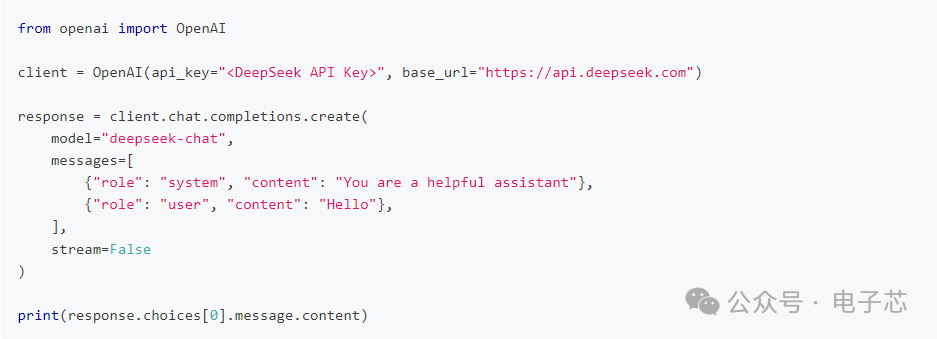I recently integrated the ESP32 with the large language model DeepSeek, and I suddenly felt that programmers who know C language can use AI like they have a built-in accelerator. Today, I want to discuss how those with a foundation in C can leverage AI to enhance their capabilities.
1. C Language is the Foundation, AI is the Scaffold
Many students ask me: “With AI being able to write code now, do we still need to learn C language?“ My ESP32 project is the best answer. When I needed to write a communication interface for the large model, although AI could generate example code in Python or C++, if I completely do not understand the core concepts of programming languages such as functions, variable operations, and memory management, I wouldn’t even understand the code generated by AI, let alone modify or debug it.
For instance, when I wrote a function to parse sensor data, AI provided a piece of code that used a structure pointer to handle binary streams. If I had not learned about structure memory alignment in C, I would not have been able to identify the issue with the data offset calculation. AI acts like a magnifying glass, amplifying your foundational skills tenfold, but it cannot create something from nothing.
Let’s look at a case. Below is the Python code for calling the DeepSeek API. If you are familiar with C language, you can quickly guess that client is a variable, OpenAI is a function, and this function comes from the header file openai (although it is not called a header file in Python, its function is similar). With a foundation in C language, you can quickly get started with many programming languages. The print function is also familiar, allowing you to print information (even if you do not know what the information is, you know how to look it up).

2. Completing Two Weeks of Work in Three Days
When working on IoT projects, the most troublesome aspect is the various protocol conversions. This time, when integrating DeepSeek’s HTTP interface, I directly told AI: use C language to parse the JSON response, extract the content field, and send it to the ESP32 via UART. In less than 5 minutes, AI provided example code using the cJSON library. Although I had to adjust the memory allocation logic myself, it saved me the time of looking up documentation.
Even more surprising is the cross-language collaboration. When I needed to write a simple Python test script, I told AI: write a script using the requests library to send temperature and humidity data, with the data format consistent with my C program structure. Thanks to my knowledge of data structures in C, I could quickly determine whether the Python code generated by AI was aligned with the byte order.
3. Debugging Becomes More Efficient
In the past, to debug pointer out-of-bounds issues, I had to insert a lot of printf statements to check memory. Now, I can directly throw the core dump log to AI: this memory overflow occurred while parsing the 3rd frame of data, help me analyze the possible reasons. AI not only pointed out that it might be due to a dynamic array not being resized, but also provided a code snippet for memory checking.
Once, when there was an abnormality in PWM control, AI suggested: check whether the timer prescaler overflows, your calculated value is 0xFFFFF, while the register is 20 bits. This ability to accurately pinpoint hardware-level issues has significantly improved debugging efficiency.
4. The Era of AI and Microcontroller Engineers
In this explosive era of AI, C language programmers actually have an advantage. You can understand the code generated by AI, assess whether the logic is reasonable, and optimize memory usage. I often chat with my students: AI is the multiplication sign, your foundational skills are the multiplier; when you are 0, no matter how large the multiplier is, the result is still 0.
So stop asking whether you should learn C language; the real question is: when AI has built the scaffold, can your foundation support a taller building? My ESP32 project took only two weeks from initiation to demo, but behind this is over ten years of C language expertise supporting it. AI can help you write faster, but only a solid foundation can take you further.